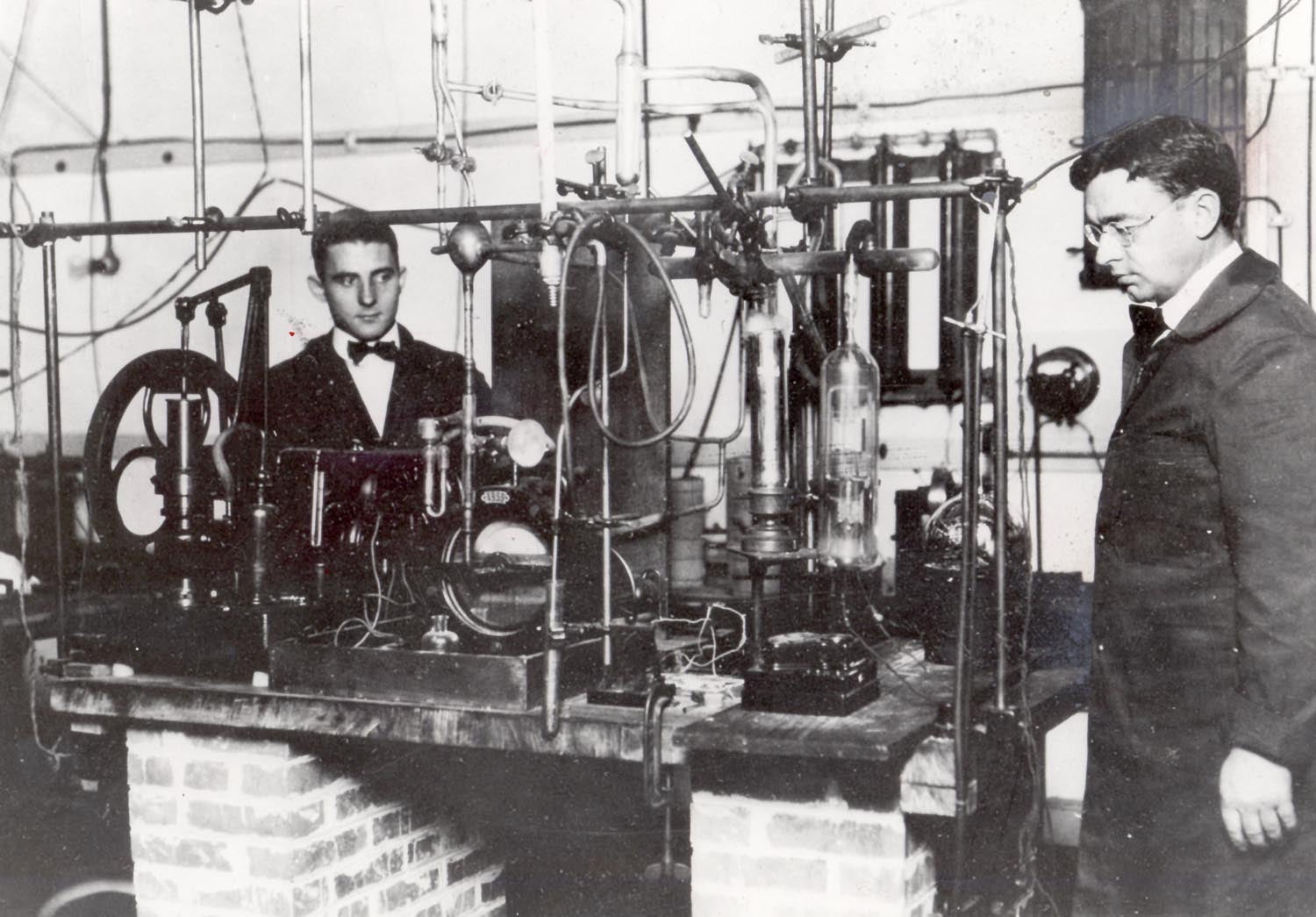On Dec. 4, 1916 – one hundred years ago – 9XM, the predecessor to today’s Wisconsin Public Radio, broadcast its first weather forecast. It was the first regular broadcast by the station and was information with broad use by the state’s residents, especially farmers, many of whom received the forecast by mail.
Wireless was cutting edge technology in the 1910s. Many universities, including the University of Wisconsin, were experimenting with radio.
Physicist Earle Terry was the driving force behind the radio work at the UW. He and his students built their own equipment. Terry hoped to create a regular broadcast schedule, and weather, sent in dots and dashes, seemed like the best and most useful bet.
Stay informed on the latest news
Sign up for WPR’s email newsletter.
The Madison office of the U.S. Weather Bureau enthusiastically supported the idea of broadcasting the weather. It certainly helped the bureau’s local meteorologist, Eric R. Miller, had been Terry’s student.
The first weather broadcast came from the makeshift 9XM studio in Science Hall at 11 a.m. Since radios were few at the time, those who could get the message were encouraged to transcribe and share it with their communities.
Besides his meteorological work, Miller actively promoted the weather broadcasts, too. The Wisconsin State Journal announced the beginning of the weather broadcasts on its front page Dec. 1, 1916, stating, “Wisconsin cities in the future will get their weather reports via wireless.” Miller also wrote letters and sent updates to other newspapers and news services.
To help grow the audience for their broadcasts, the university offered instructions and diagrams to help beginners construct a receiving set. They were soon flooded with requests for information.
Terry continued to experiment with sound broadcasts. In early 1917, he invited friends over to listen to a special transmission of music. His guests were reportedly unimpressed but Terry kept trying new things.
By 1921, the station 9XM had a schedule that included weather but also music and farm reports, broadcast both telegraphically and by voice.
Wisconsin Public Radio, © Copyright 2024, Board of Regents of the University of Wisconsin System and Wisconsin Educational Communications Board.

